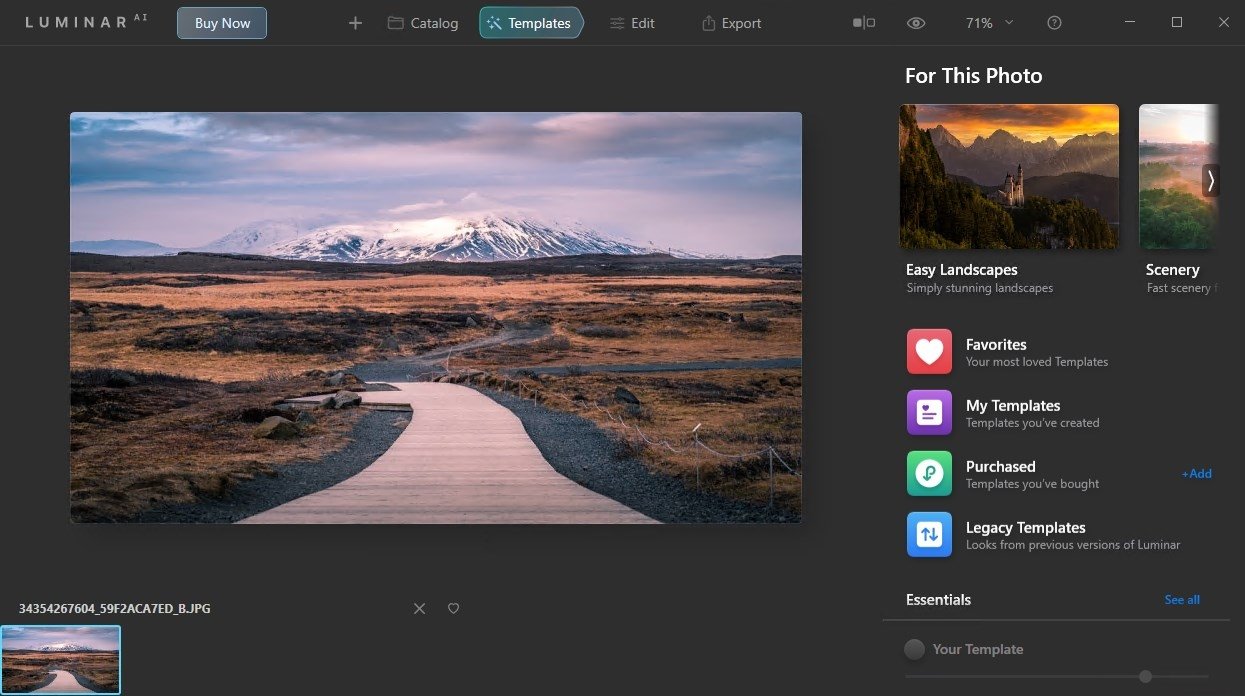

“Luminar AI uses artificial intelligence to flip those metrics. In my experience, only 30% of our time is actually spent being creative,” said Alex Tsepko, CEO of Skylum. What differentiates it, however, is our human-centric application of this incredibly powerful technology.

So which is better, Luminar vs Lightroom In the end, the choice is yours. Whereas Lightroom features superior image organizational features and complex editing tools. Luminar offers fantastic one-click editing, along with powerful AI options. “Our approach to AI lines up with that of the best minds in the field. Lightroom and Luminar are both excellent for post-processing, just in different ways. The idea here is to make it very easy for beginners to improve their photos while also giving pros the tools to quickly get the results they are looking for. You can use those to improve your composition, replace the sky in your images (and relight the scene accordingly), add fog, mist and haze, and manipulate the faces and bodies of your portrait subjects by simply dragging a few sliders. In total, Skylum added 13 AI features to the application. The focus, though, is on its new AI-based tools, with a special focus on editing landscapes (and skies in general) and portrait shoots.
#Luminar vs luminar ai for mac
The new application, available as a standalone product for Mac and Windows and as a plug-in for Lightroom and Photos for MacOS, was built from the ground up and offers many of the traditional photo-editing features you’re probably familiar with from the likes of Lightroom. With Luminar AI, it is now launching a brand-new photo editor, starting at $79. Over the course of the last few years, Skylum made a name for itself with a set of photo-editing apps like Aurora HDR and Luminar.


 0 kommentar(er)
0 kommentar(er)
